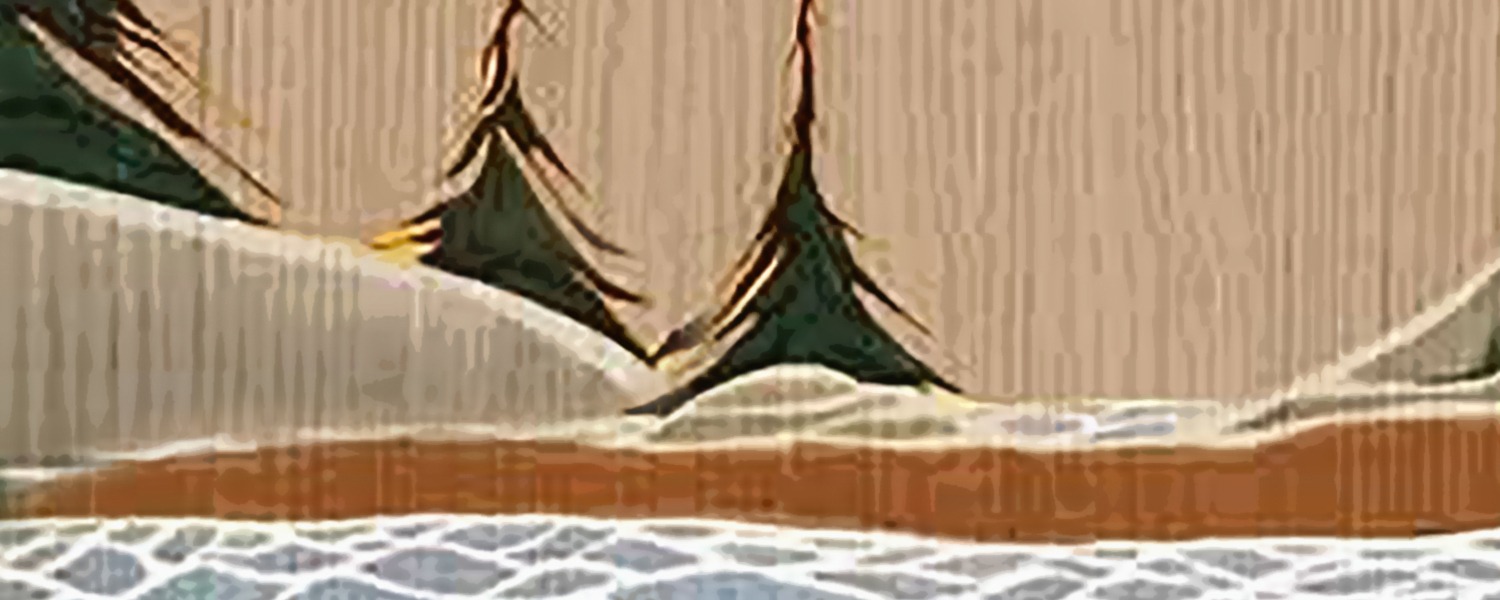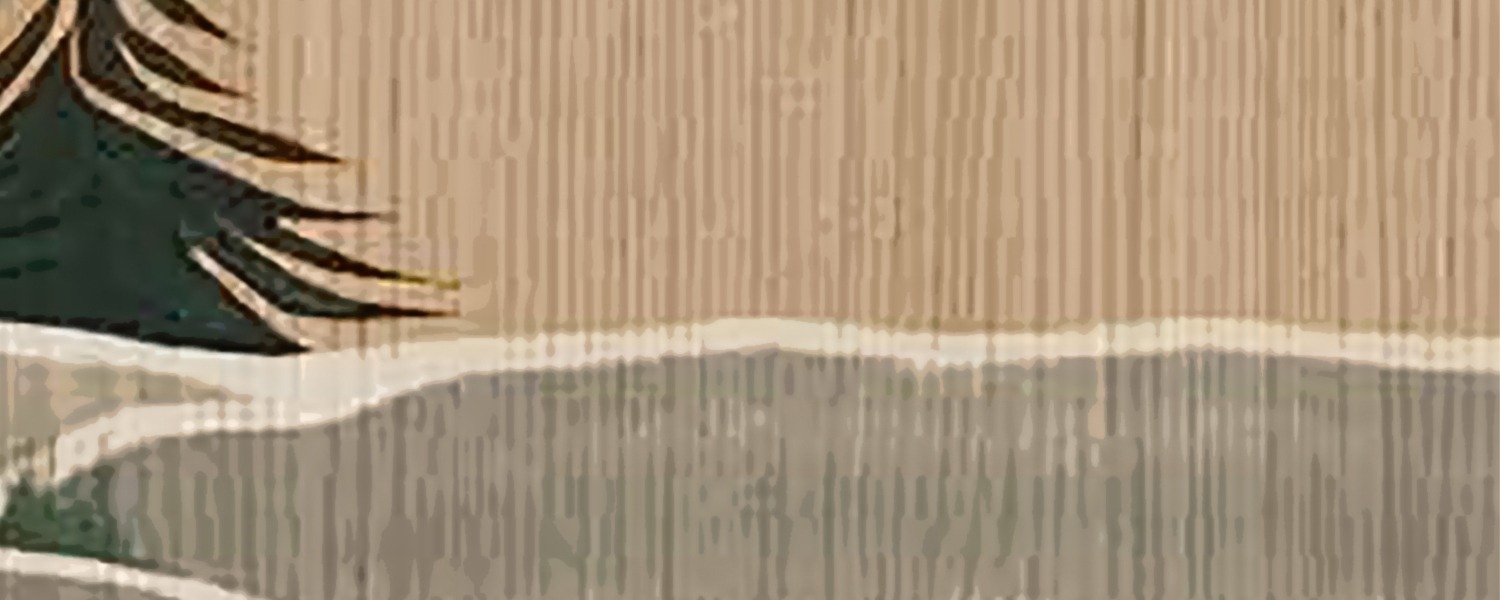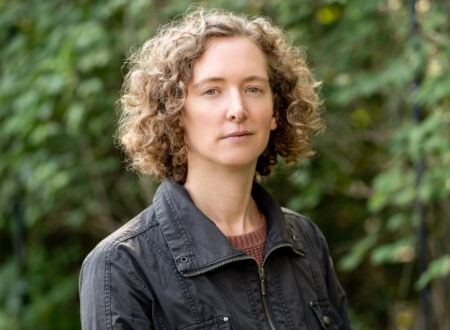One year ago today, the Canadian Human Rights Tribunal found that the government of Canada was discriminating against First Nations children on the basis of their race. It held that Canada was underfunding First Nations child and family services.
These services, also known as child welfare or children’s aid, help protect children when their families can’t, and support children and families to prevent such family breakdowns.
One of the key problems the Tribunal found with the federal government’s funding for First Nations was that the government provided money to remove children from home, but not enough money to prevent problems by supporting children and their families so that children wouldn’t have to be removed from their homes in the first place. This contributed to family breakdown and – much like residential schools – has resulted in the removal of First Nations children for unjust reasons that were preventable.
Indeed, the Truth and Reconciliation Commission highlighted these linkages in the forefront of its report. The TRC’s very first Calls to Action are on child welfare. Senator Murray Sinclair, the chair of the TRC, wrote recently that “Canada’s discriminatory policies [in child welfare] have led to greater failed and failing interventions into the lives of Indigenous families than Residential Schools”, a truly powerful statement.
That recent statement is far from the first. First Nations and children’s advocates have raised the alarm about this for many years – literally decades.
In the 1990s and 2000s the federal government funded a series of studies. The studies confirmed the problem of underfunding (especially underfunding of prevention) and described its serious repercussions for children[1]. Yet Canada did not fix it. The Auditor General of Canada also commented on the underfunding – twice. Still, Canada did not fix it.
Nearly 10 years ago, in February 2007, the First Nations Child and Family Caring Society (“Caring Society”) led by leading advocate Dr. Cindy Blackstock, along with the Assembly of First Nations, filed a formal human rights complaint. In large part, they used the government’s own evidence. Yet the federal government fought them every step of the way, causing lengthy delays.
On January 26, 2016, the Canadian Human Rights Tribunal released its decision in the Caring Society case, as described above. It confirmed the discrimination, and ordered Canada to fix it. Canada said it accepted the ruling; it did not appeal.
You would think that this would be the end of it. Case won, problem solved, let the reforms begin .
Unfortunately, one year on, little progress has been made.
Change has been very slow to come. Despite the Tribunal making two further orders calling on the federal government to comply with its original ruling, implementation has lagged. Canada announced some funding in its March 2016 budget, but most found it was far from enough. In October, an NDP motion to increase funding to $155M passed in Parliament, but no further funding has actually been announced. Even the budgeted funding has not necessarily left the gate; for example, in Ontario, as of this post, small amounts of prevention services money has rolled out, but there is no new money for mental health services or other services.
In November, the Caring Society, Assembly of First Nations, Chiefs of Ontario, and Nishnawbe Aski Nation brought motions saying that the Canada remains non-compliant with the Tribunal’s order. Meanwhile, the government of Canada says that it needs to “consult” with First Nations in Ontario and Canada before doing more.
Consultation should not be a shield from taking necessary actions that have been urged and supported by First Nations for years – and that are required by law. Kids need help now, and First Nations have been asking for that help loud and clear.
It’s time for change. It’s time to roll out serious prevention funding – for mental health, for family support, for community workers – and help kids live within healthy families.
As consultation and updated studies continue, the funding and program model can continue to improve and evolve over the longer term. Adding new information, such adaptations will continue indefinitely. But that’s not a reason to stall. Discrimination must end. Kids need help now.
We should be marking this 1 year anniversary with a celebration of overdue success, not with disappointment. It will hard for Indigenous peoples and their allies to celebrate another upcoming anniversary, Canada’s 150th, if children and families are continuing to suffer such injustice.
[1] The final report in that series can be found here: https://fncaringsociety.com/sites/default/files/docs/WendeJourneyContinues.pdf
by Judith Rae
Related Posts

OKT Podcast - Overview of the Reference on Bill C-92
Tuesday, February 20, 2024
We are excited to introduce the inaugural episode of the OKT podcast!
In this debut installment, Jesse Abell, Krista Nerland, and Judith Rae discuss the intricacies…
Read More...
First Nations: Did some of your members go to residential school?
UPDATED DEADLINE: JUNE 30, 2022
First Nations: Did some of your members go to residential school?
If yes, there is a class action underway now that may apply to you,…
Read More...
When are First Nations children with special needs going to get fair treatment?
When children have special needs, it takes extra care to ensure they have access to a proper education. This is a challenge for any child. But for First Nations children,…
Read More...

